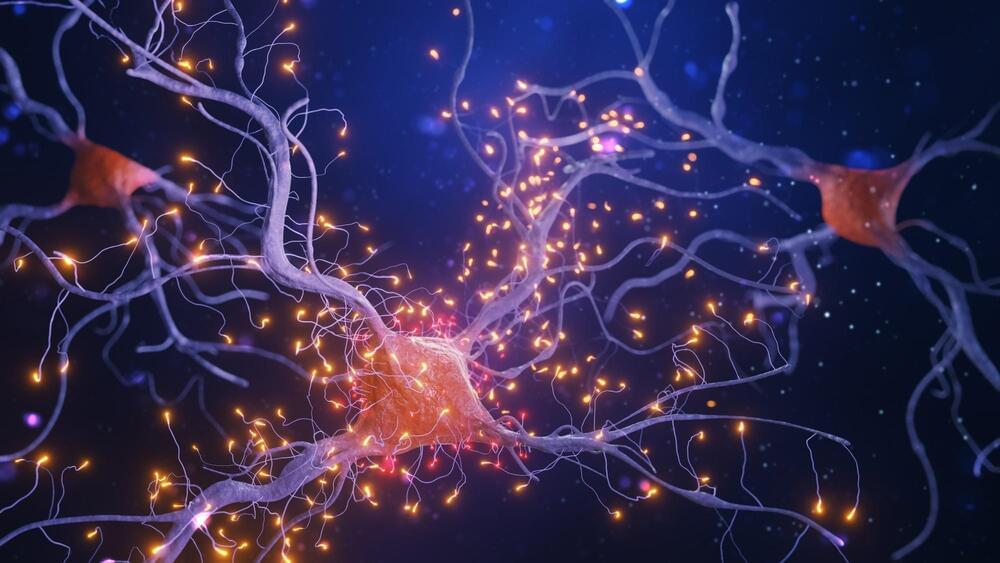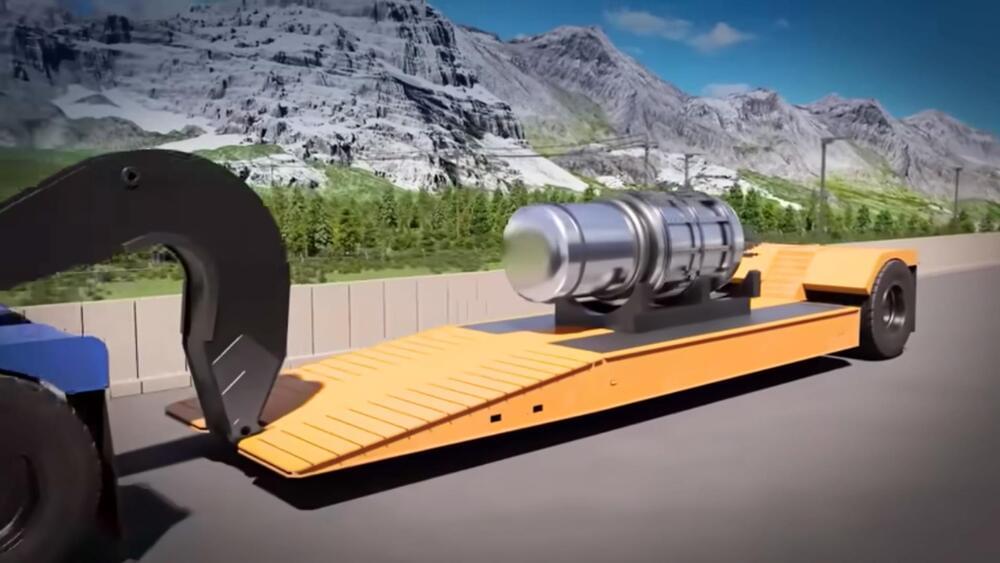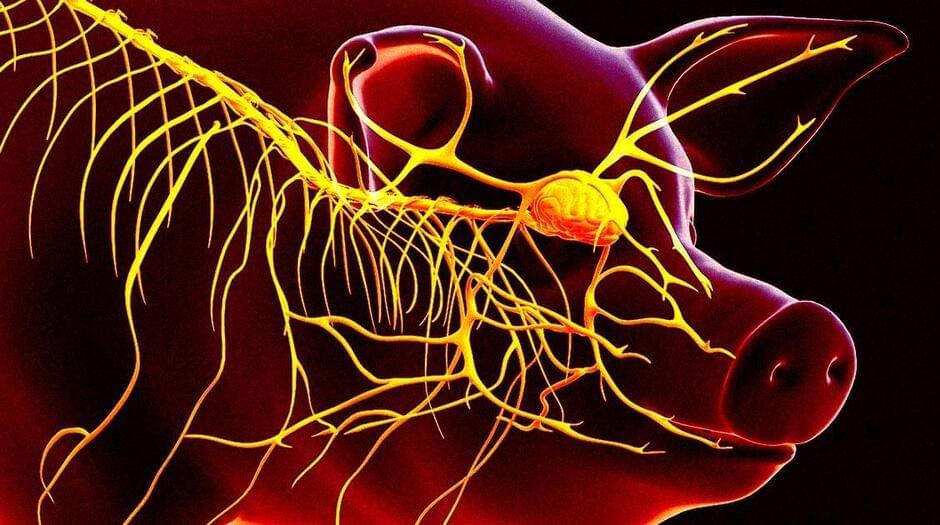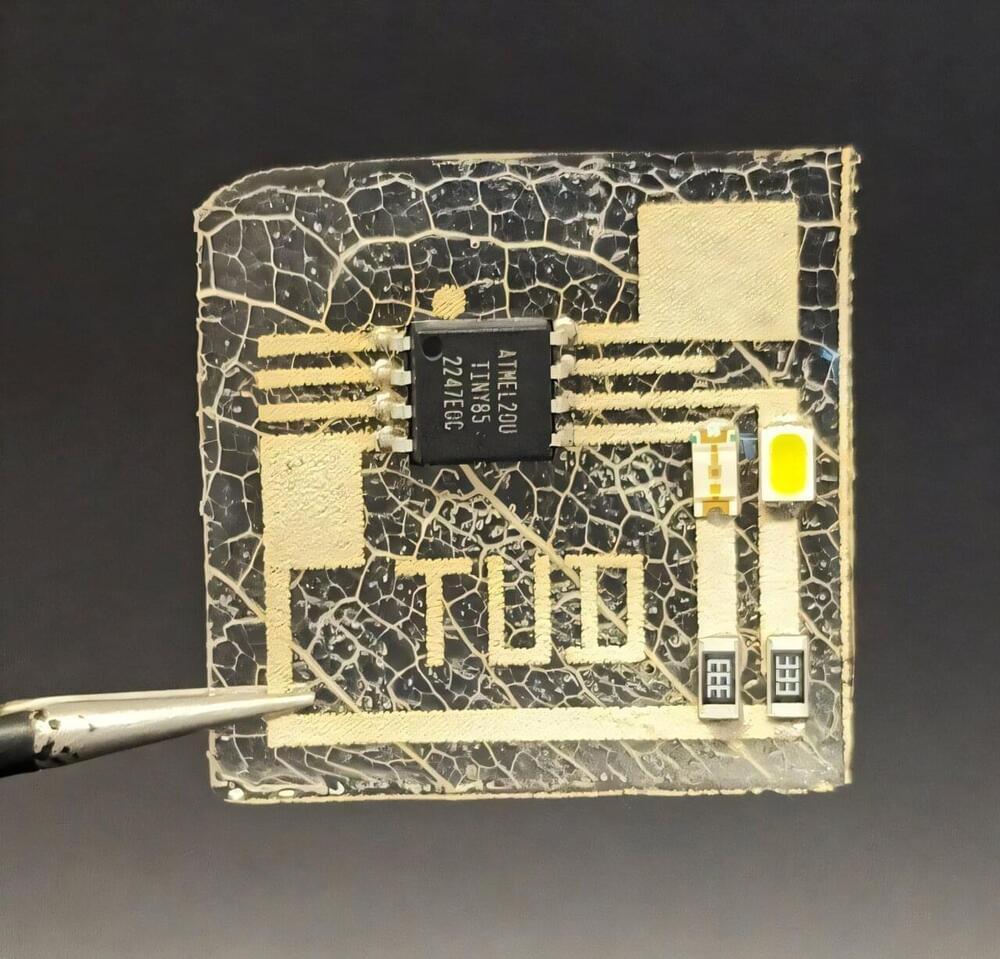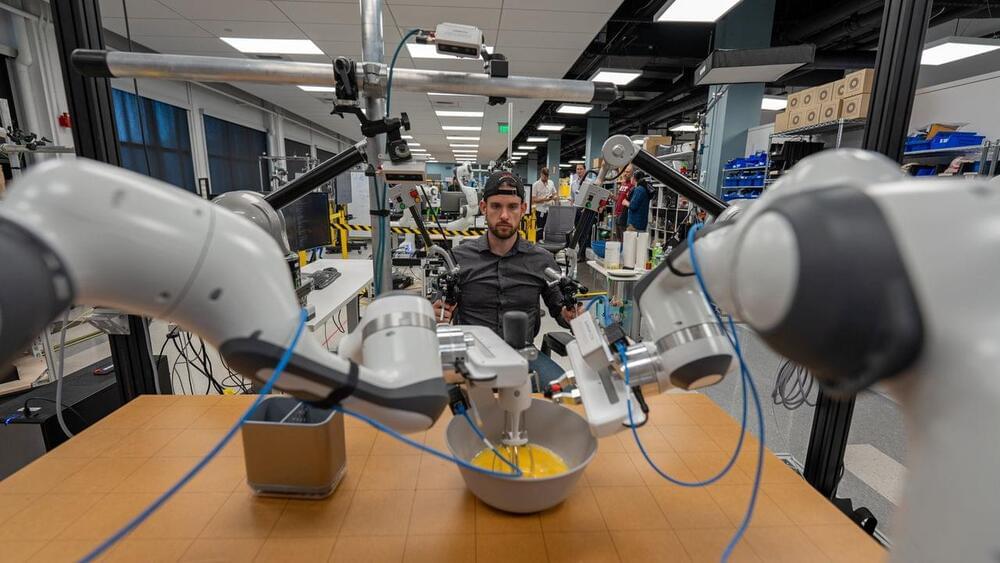
A study published in the November issue of Redox Biology has found that adding intravenous, high-dose vitamin C to a chemotherapy regimen doubled the survival of patients with late-stage, metastatic pancreatic cancer from eight months to 16 months.
“This is a deadly disease with very poor outcomes for patients. The median survival is eight months with treatment, probably less without treatment, and the five-year survival is tiny. When we started the trial, we thought it would be a success if we got to 12 months survival, but we doubled overall survival to 16 months. The results were so strong in showing the benefit of this therapy for patient survival that we were able to stop the trial early,” explains Joseph J. Cullen, MD, FACS, a professor of Surgery and Radiation Oncology at the University of Iowa, in a statement to StudyFinds.
The study consisted of 34 patients with stage 4 pancreatic cancer who were randomized to two groups. One group received standard chemotherapy (gemcitabine and nab -paclitaxel). The other group received the same chemotherapy plus intravenous infusions of 75 grams of vitamin C three times a week.

